Description
Courgette Green Bush Vegetable
Courgette Green Bush Vegetable is a compact, bushy plant that produces an abundance of cylindrical, green-skinned fruits. These fruits are typically harvested when young and tender, offering a mild, delicate flavor. The plant’s compact growth habit makes it an excellent choice for smaller gardens or container cultivation, thriving in sunny locations with well-draining soil.
Cultivation Advice
- Opt for well-draining, fertile soil rich in organic matter. Incorporate compost or aged manure before planting to improve soil fertility.
- Plant seeds or seedlings in a sunny location with soil temperatures consistently above 60°F (16°C). Ensure adequate space between plants, about 2-3 feet apart.
- Maintain consistent soil moisture, especially during flowering and fruiting. Water deeply but infrequently to encourage strong root development.
- Apply mulch to retain soil moisture and suppress weed growth. Regularly remove weeds to reduce competition for nutrients.
- Side-dress with compost or balanced organic fertilizers during the growing season to provide essential nutrients for healthy plant growth.
- Provide support like stakes or cages for the plants. Prune excess foliage to improve airflow and sunlight exposure.
- Monitor for common pests like aphids or squash bugs. Employ organic pest control methods or introduce beneficial insects to manage pest populations.
- Harvest courgettes when they’re young and tender, usually 4-6 inches (10-15 cm) in length, for better flavor and texture. Regular harvesting encourages continuous fruit production.
- Consume harvested courgettes promptly for the best taste. If storing, keep them in a cool, dry place or refrigerate for a few days in a perforated plastic bag.
- Ensure the soil temperature remains consistently warm (around 70°F or 21°C) for successful germination. Courgettes are sensitive to cold temperatures, so protect them from late frosts.
- Encourage pollinators like bees by planting flowering plants nearby. If necessary, hand pollinate by transferring pollen from male to female flowers using a small brush.
- Maintain even soil moisture levels throughout the growing season, especially during flowering and fruiting stages. Mulching helps retain moisture and suppresses weed growth.
- Consider planting companion herbs or flowers such as marigolds or basil, which can deter pests and attract beneficial insects to the garden.
- Provide ample space between plants to improve air circulation, which can reduce the risk of diseases like powdery mildew. Good airflow helps keep the foliage dry and healthy.
- Use natural remedies like neem oil or insecticidal soap to deter pests. Introduce beneficial insects or use physical barriers like row covers to protect plants.
- Continuously harvest mature courgettes to encourage new fruit production. Overgrown fruits can signal the plant to slow down production.
- Incorporate organic matter regularly to enrich the soil. Compost or well-rotted manure helps replenish nutrients and improve soil structure.
- Understand the specific growth habits, expected size, and unique characteristics of Courgette Green Bush for effective cultivation and management.
- Ensure the plants receive adequate sunlight exposure, ideally 6-8 hours of direct sunlight daily, for healthy growth and robust fruit production.
- Monitor plants regularly for signs of pests, diseases, or nutrient deficiencies. Early detection allows for timely intervention and management.
- Employ watering methods that deliver moisture directly to the roots, such as drip irrigation or soaker hoses. Water in the morning to allow foliage to dry during the day, reducing the risk of diseases.
- Practice crop rotation annually to minimize soil-borne diseases and pests. Avoid planting courgettes in the same location year after year.
- Train vines to grow in a specific direction to save space and improve airflow. Prune excess foliage to allow better light penetration and airflow around the plants.
- Plant flowers or herbs that attract beneficial insects like ladybugs, lacewings, or parasitic wasps. These insects prey on common pests, aiding in pest control.
- Use compost tea, a liquid fertilizer made from steeping compost in water, to nourish plants with nutrients and beneficial microbes.
- Periodically refresh mulch to maintain consistent soil moisture and temperature. Mulch helps retain moisture, suppress weeds, and protect roots.
- Harvest courgettes at the optimal size to encourage continual production. Overgrown courgettes can divert energy from new fruit development.
- Store harvested courgettes in a cool, dry place. Use them promptly to enjoy their freshness and flavor.
- If planning to save seeds, allow some fruits to fully mature on the vine. Collect and dry the seeds thoroughly before storing them in a cool, dry place for future planting.

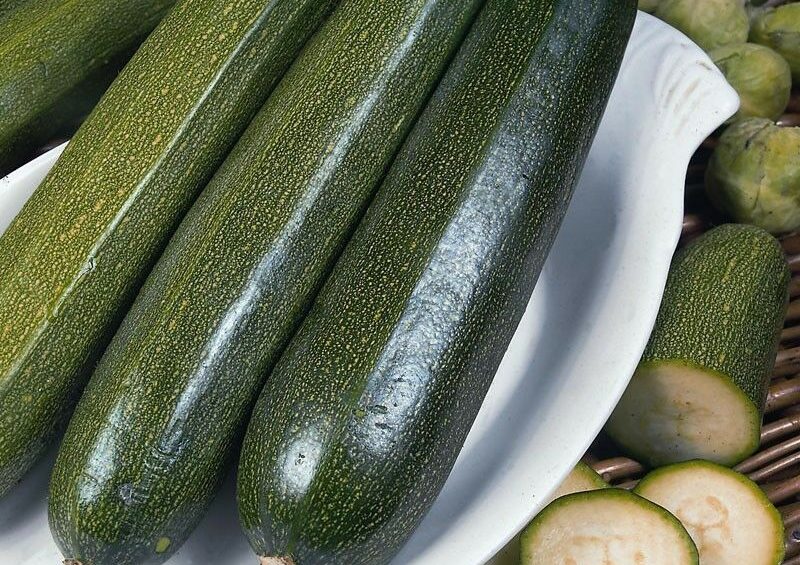
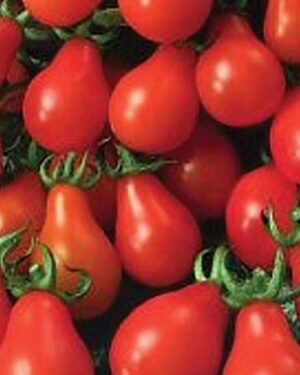
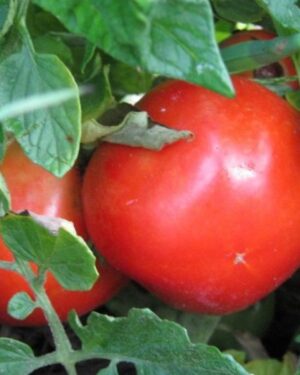

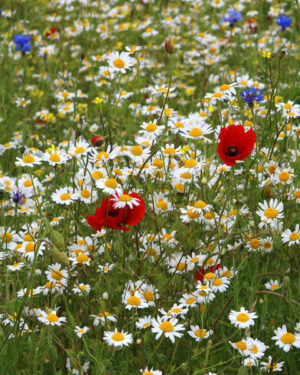

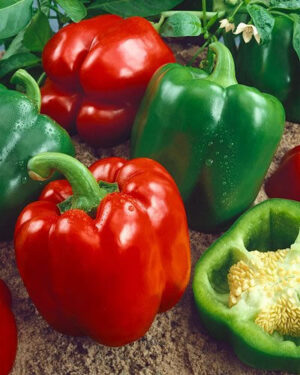
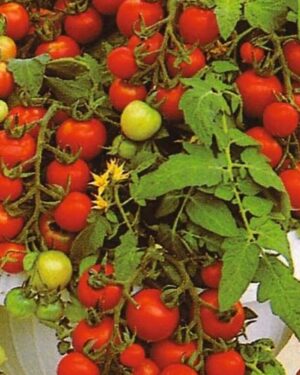
Reviews
There are no reviews yet.